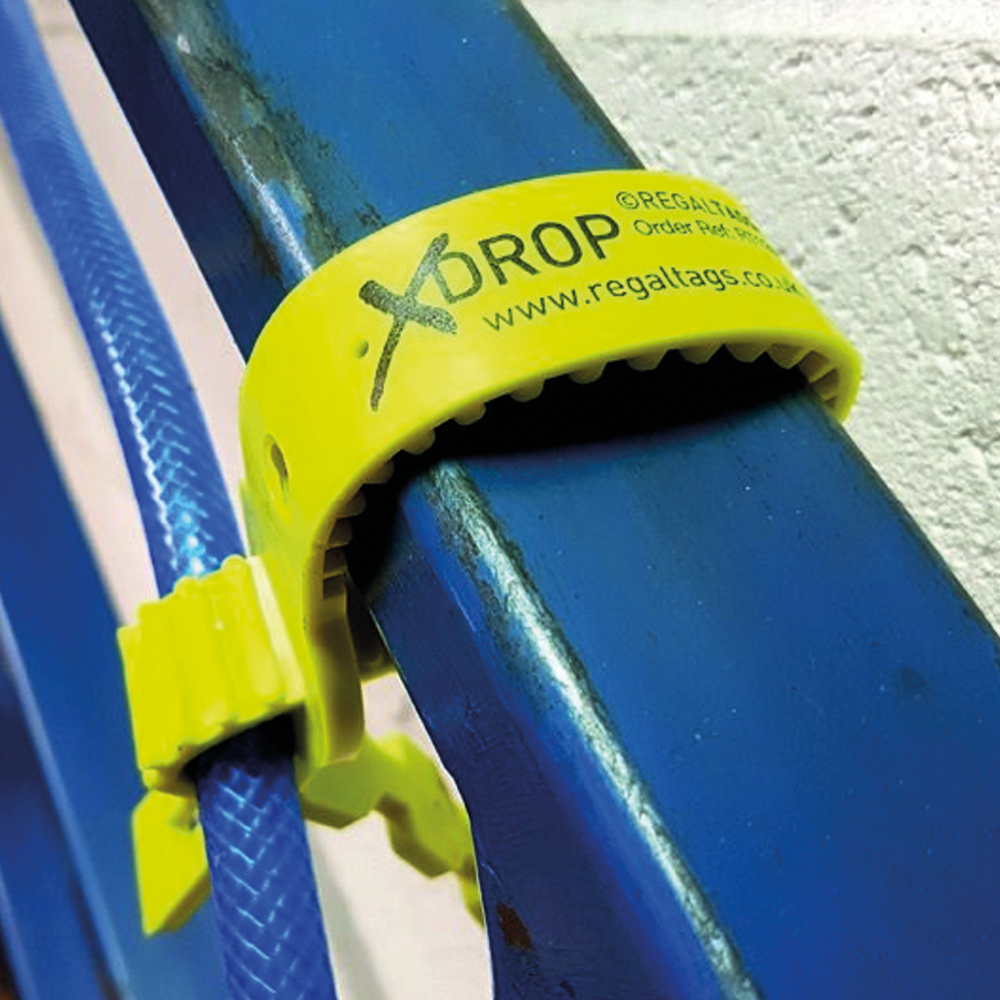How does fall protection differ from drop prevention?
Discover the difference between fall protection and drop prevention, and why both are vital in a hazards working environment.
Employers shouldn’t just accept that dropped objects are an unavoidable hazard at work. Safety procedures and prevention measures must be put into place to prevent accidents, injury or even fatal accidents from occurring.
In hazardous environments, fall protection and drop prevention are used to keep employees safe and protected from potential incidents.
Whilst the terms ‘fall protection’ and ‘drop prevention’ are similar, they are not interchangeable. They both hold very different, yet very important roles.
In this article, we explore how fall protection differs from drop prevention, and why the two are so important in a hazardous work environment.
What is fall protection?
Involving the use of equipment and following safety procedures, fall protection is used to prevent personnel falling from a height in hazardous environments. Examples of fall protection equipment include full body harnesses, lanyards, descending devices, fall arrest harnesses and so on.
What is drop prevention?
Drop prevention refers to any provisions in place that aim avoid incidents occurring where items fall from height and cause equipment damage, workforce injury or fatality.
There are two types of dropped objects:
- Static Dropped Object
Any object that falls from its position under its own weight, without any applied force is known as a static dropped object. This could be failure caused by corrosion or vibration. - Dynamic Dropped Object
Any object that falls from its previous position due to applied force is known as a dynamic dropped object. This could involve collisions from moving equipment or loads, snagging on machinery or stacked items, or dislodged tools or equipment.
In either case, the result can cause injury, or damage to the property or equipment. Eliminating the potential for a dropped object incident is important in any hazardous environment.
Thankfully, there are many things a business can do to help minimise dropped objects and prevent such incidents from occurring. Establishing a drop prevention plan is the first step, which involves carrying out a risk assessment to identify areas or risk and understand what causes dropped objects.
What causes dropped objects?
Understanding the causes of incidents can help prevent potential accidents from happening in the future. Several factors can contribute to a dropped object incident. Here are the top four factors:
- Failed fixtures
Failed fixtures and fittings will often move and fall. Regularly inspecting equipment and fixtures will help to monitor the condition so that a replacement can be organised. - Poor inspection and maintenance processes
As mentioned above, regular inspection and maintenance can help to spot corrosion or damage to equipment before they become a potential falling object risk. - Inadequate risk assessment
Risk assessments are very important, as they can identify potential hazards, suggest safe solutions, and increase workforce awareness about the dangers of falling objects. - Human error
Insufficient training or awareness of hazards within the workforce, complacency, and neglect can all contribute to an unsafe environment.
Why is drop prevention so important?
According to HSE, the three most common causes of fatal injuries in the UK in 2020/2021 were (35), being struck by a moving vehicle (25) and being struck by a moving object (17), accounting for more than half of fatalities.
The real costs can be split into three main categories, which can have devastating outcomes for your business and workforce.
- Lives - Of course, the cost of a fatality extends far beyond the measurement of money. Most importantly, is the risk of death. If you are working in a public area, it’s not just your staff you have to consider, but anyone passing nearby.
- Money - In terms of damage and replacement, dropping or losing tools can cost money. In the event of a dropped object incident, there can even be legal implications and expensive bills that need to be paid. If a member of the public is involved, it can worsen the incident and lead to other costs such as reputational damage.
- Time - Dropping objects and equipment has a big impact on productivity. When an object falls, they can take considerable time to retrieve, which can delay or prevent the task from being safely and fully completed.
How to prevent dropped objects
- Dropped object prevention mat
Our XDROP mat is a dropped object prevention work mat, and used widely in workspaces with grated flooring and open handrails.
Drop mats are extremely useful when working with small items. Whilst tethering larger items such as tools to a secure point is the obvious way to secure them from falling, this isn’t always a viable option. For example, when dismantling a valve, there is a very high risk that bolts, and other smaller components could be dropped. The impact even these small items have after falling a few stories could cause very serious or even fatal injuries.

- XDROP Ties
Trailing cables are dangerous trip hazards, especially during times where there is increased foot traffic, such as turnaround projects.
Our XDROP Ties efficiently and securely tie cables at a convenient height off the floor, preventing trips and protecting them from damage.

Drop prevention from the experts
Ensuring your organisation is operating safely can be achieved through safety tagging solutions. At REGALTAGS, we are committed to providing reliable safety solutions to brands working in the harshest environments worldwide.
If you are looking for a customised safety solution, we can help. Get in touch with our team of experts today. We’d love to help.
Subscribe
Join 10,000+ others receiving our monthly updates. Free Tag knowledge delivered straight to your inbox.





